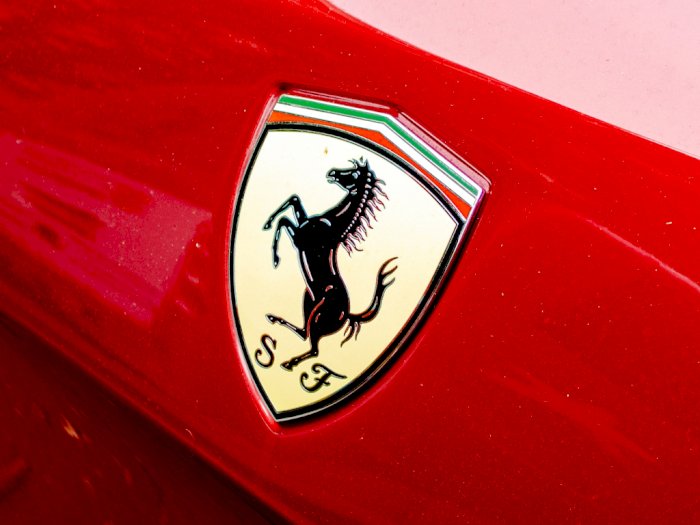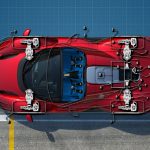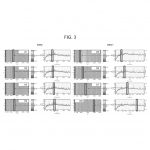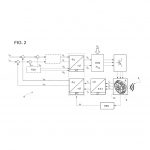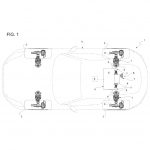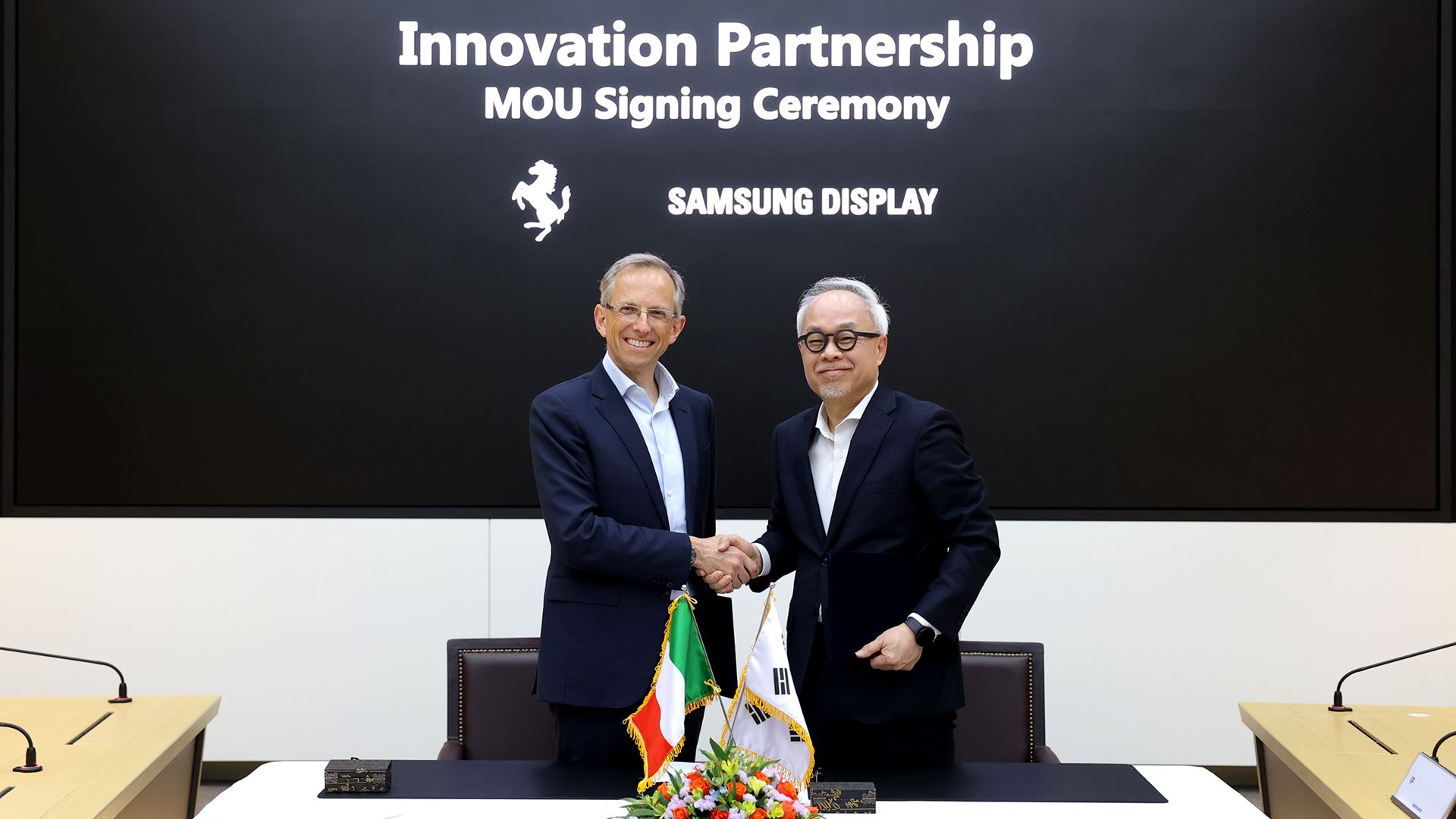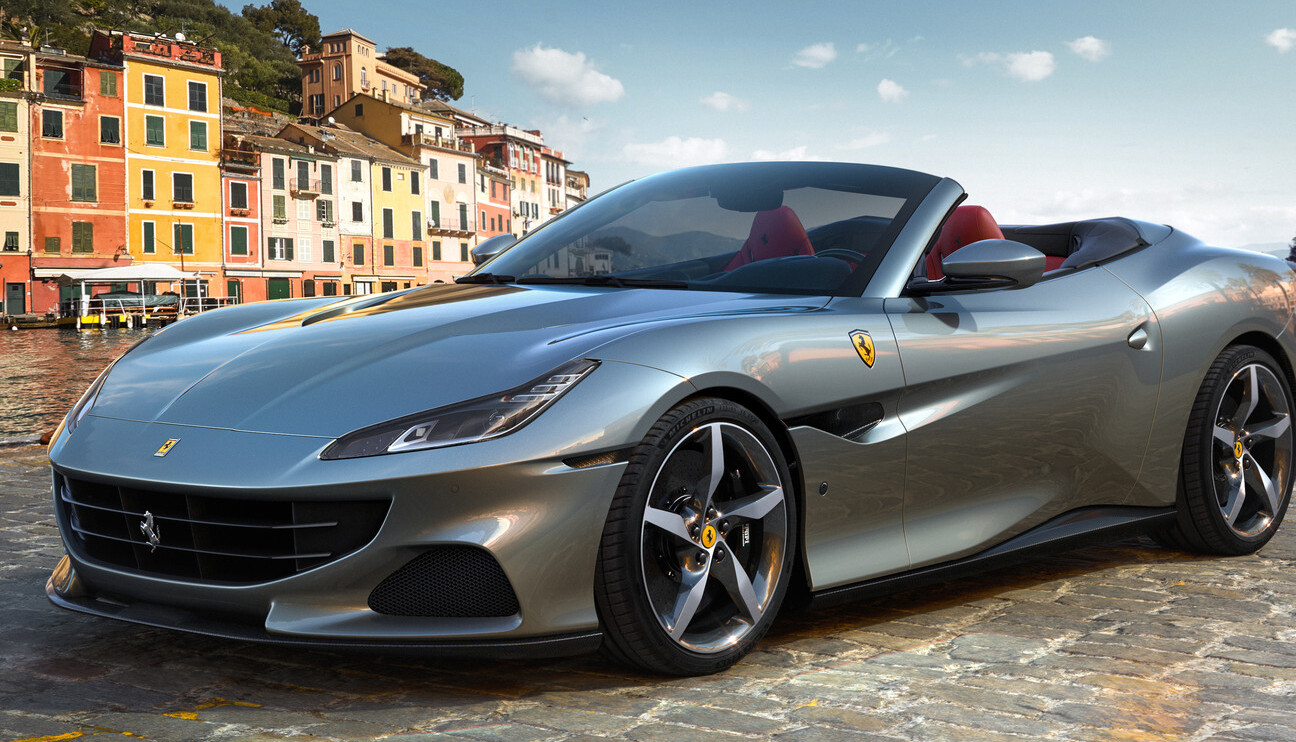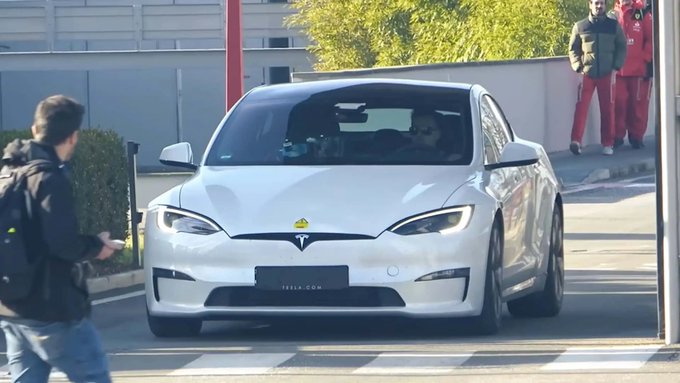Ferrari is developing a unique and authentic soundtrack for its future electric supercars that will directly correspond to the vehicle’s powertrain performance. This will allow drivers to experience the sensation of driving by sound, similar to the experience of driving a traditional Ferrari model like the SF90 Stradale. Unlike other manufacturers who use simulated audio through speakers, Ferrari’s approach will utilize the actual sound of the car’s powertrain.
The company has been focusing on fine-tuning the dynamics of its future EVs to handle like mid-engined supercars, but recognizes that the sound of EVs has been a weak point. To address this, Ferrari engineers have filed a patent with the US Patent and Trademark Office (USPTO) to rectify this flaw.
The patent details a system where Ferrari will extract sounds from electric motors and various drivetrain components, measuring the resonance frequencies of the motor, transmission, differential, and even the wheels. These sounds will then be amplified by a resonator setup to create a sound that corresponds with the electric motor’s rotational speed.
The electric motor’s control system will add a “sonority current” to the electric motor’s power supply at a frequency that won’t interfere with the motor’s operation. This sonority current will create a distinct harmonic frequency, or hum, in the motor housing, corresponding to the motor’s rotational speed. This hum can then be amplified by a resonator on the motor or its transmission housing to create a genuine powertrain noise.
This system mimics the current behavior of internal combustion engines, creating a genuine noise through which the driver can drive by sense rather than continually looking at gauges and computer read-outs. Because the sound is created inside the electric motor, it stays true to Ferrari’s ethos of authenticity. This system will not be applied to any current Ferrari models, but when the first electric Ferrari is released, it is likely that other EV manufacturers will adopt it as it is better than any synthesized aural signature currently available.

